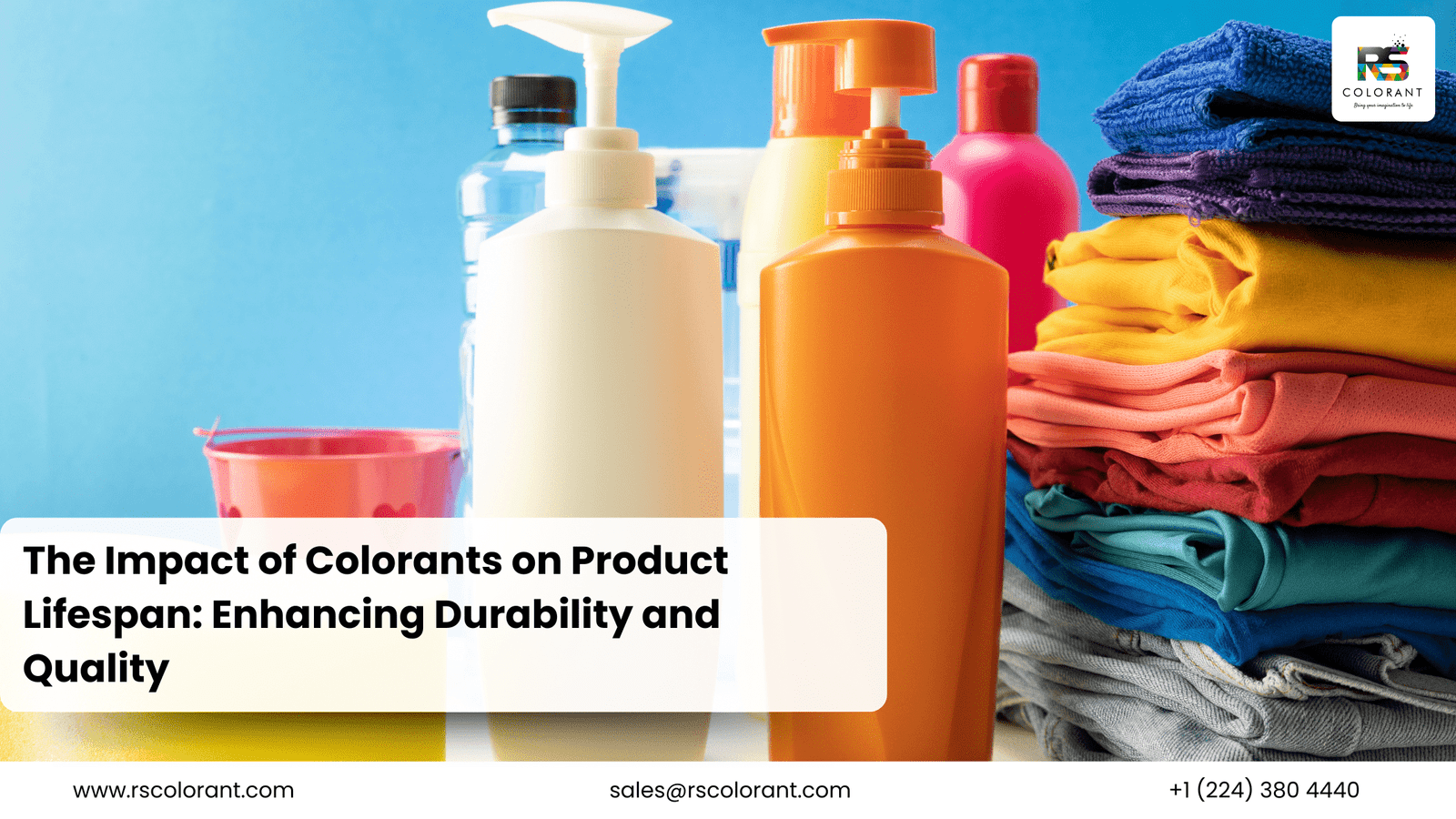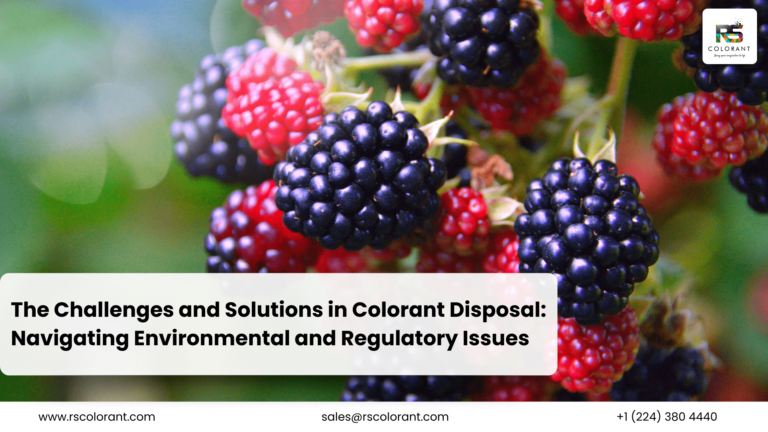Impact of Colorants on Product Lifespan – Introduction
Color is everywhere, from the clothes we wear to the food we eat and the cosmetics we use. But have you ever wondered how these vibrant hues affect the longevity of the products we rely on daily? Understanding the role of colorants in product lifespan is essential for both consumers and manufacturers. In this article, we’ll delve into the fascinating world of colorants, exploring their impact on the durability, safety, and environmental footprint of various products.
Understanding Colorants
Colorants are substances used to impart color to materials. They can be classified into two broad categories: natural and synthetic. Natural colorants are derived from plants, animals, and minerals, while synthetic colorants are created through chemical processes. Each type has its own set of properties and applications, which we’ll explore in detail.
Historical Perspective
The use of colorants dates back to ancient times when natural dyes were extracted from plants and minerals to add color to textiles and other goods. Over the centuries, the technology evolved, leading to the development of synthetic colorants in the 19th century. These advancements revolutionized industries by providing more vibrant, stable, and diverse color options.
Colorants in Modern Manufacturing
Today, colorants are integral to various industries, including textiles, food, plastics, and cosmetics. Technological advancements have enabled manufacturers to produce colorants with improved stability, resistance to fading, and enhanced safety profiles. This section will discuss the diverse applications of colorants and the innovations that have shaped their use in modern manufacturing.
How Colorants Affect Product Durability
Colorants can significantly influence the durability of products. They interact with the base materials, potentially altering their physical and chemical properties. For instance, certain colorants can cause materials to become brittle over time or react with environmental factors like sunlight and moisture, leading to degradation. Understanding these interactions is crucial for improving product lifespan.
Case Study: Textiles
In the textile industry, colorants play a pivotal role in determining fabric quality and longevity. However, issues like fading and material weakening are common problems associated with certain dyes. This section will examine how different colorants affect fabric durability and the measures taken to mitigate adverse effects.
Case Study: Food Industry
Colorants in the food industry are not just about aesthetics; they can also impact food preservation and safety. While some colorants can extend shelf life, others might pose health risks if not used properly. We’ll explore the role of colorants in food, focusing on their benefits and potential drawbacks.
Case Study: Plastics
Plastic products often rely on colorants for aesthetic and functional purposes. However, exposure to UV light and environmental factors can affect color stability and material integrity. This section will discuss the challenges and solutions in maintaining color quality and durability in plastic products.
Case Study: Cosmetics
Cosmetics rely heavily on colorants for their appeal and effectiveness. The longevity of these products can be influenced by the type and quality of colorants used. We’ll delve into the regulatory standards, quality control measures, and consumer expectations in the cosmetic industry.
Environmental Impact
Colorants can have significant environmental implications, particularly regarding biodegradability and pollution. Synthetic colorants, in particular, pose challenges in recycling and waste management. This section will explore the environmental footprint of colorants and the efforts to develop more sustainable alternatives.
Health and Safety Concerns
The safety of colorants is a major concern for consumers and regulators. Some colorants can be toxic or cause allergic reactions. Understanding the safety profiles and regulatory standards governing colorant use is essential for protecting public health.
Innovations in Colorant Technology
Recent innovations have focused on developing eco-friendly and smart colorants that offer enhanced performance and safety. From biodegradable dyes to colorants that change with environmental conditions, we’ll explore the cutting-edge advancements shaping the future of colorant technology.
Consumer Awareness and Education
Educated consumers can make better choices regarding products containing colorants. This section will highlight the importance of reading labels, understanding ingredient lists, and being aware of the potential impacts of colorants on health and the environment.
Future Trends
The future of colorants looks promising, with ongoing research aimed at improving their safety, effectiveness, and sustainability. We’ll discuss emerging trends and predict how these advancements might influence various industries in the coming years.
Conclusion
Colorants play a crucial role in the appearance and performance of many products, but their impact on product lifespan is complex and multifaceted. By understanding these effects, manufacturers can create more durable products, and consumers can make informed choices. As technology advances, we can expect further improvements in the safety, sustainability, and functionality of colorants.
FAQs
How do colorants affect product quality?
Colorants can influence the physical and chemical properties of products, affecting their durability, stability, and overall quality. They can cause materials to weaken over time or react with environmental factors, leading to degradation.
Are natural colorants better than synthetic ones?
Natural colorants are often seen as safer and more environmentally friendly, but they may lack the stability and vibrancy of synthetic colorants. The choice depends on the specific application and desired properties.
Can colorants be harmful to health?
Some colorants, particularly synthetic ones, can be toxic or cause allergic reactions. It’s important to use colorants that meet safety regulations and to be aware of potential health risks.
What are the latest innovations in colorant technology?
Recent innovations include the development of eco-friendly and biodegradable colorants, as well as smart colorants that change color in response to environmental conditions. These advancements aim to improve safety, performance, and sustainability.
How can consumers make informed choices about products with colorants?
Consumers should read labels, understand ingredient lists, and research the potential impacts of colorants on health and the environment. Being informed can help in making safer and more sustainable choices.




